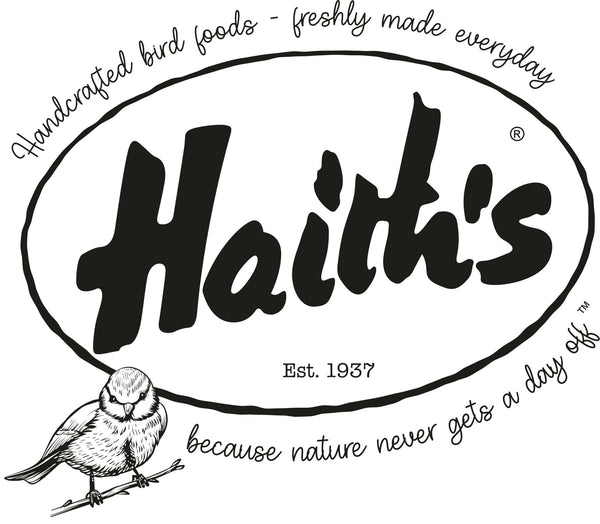Autumn Bird Migration in the UK: A Season of Arrivals and Farewells
Step outside on a crisp autumn morning and you might notice something different in
the air. The swallows that once flew over fields all summer seem fewer in number. A high-pitched call might catch your ear, and when you look up, you spot a flock of thrushes winging their way across the sky. Autumn has arrived, and with it comes one of nature’s most fascinating spectacles: bird migration.
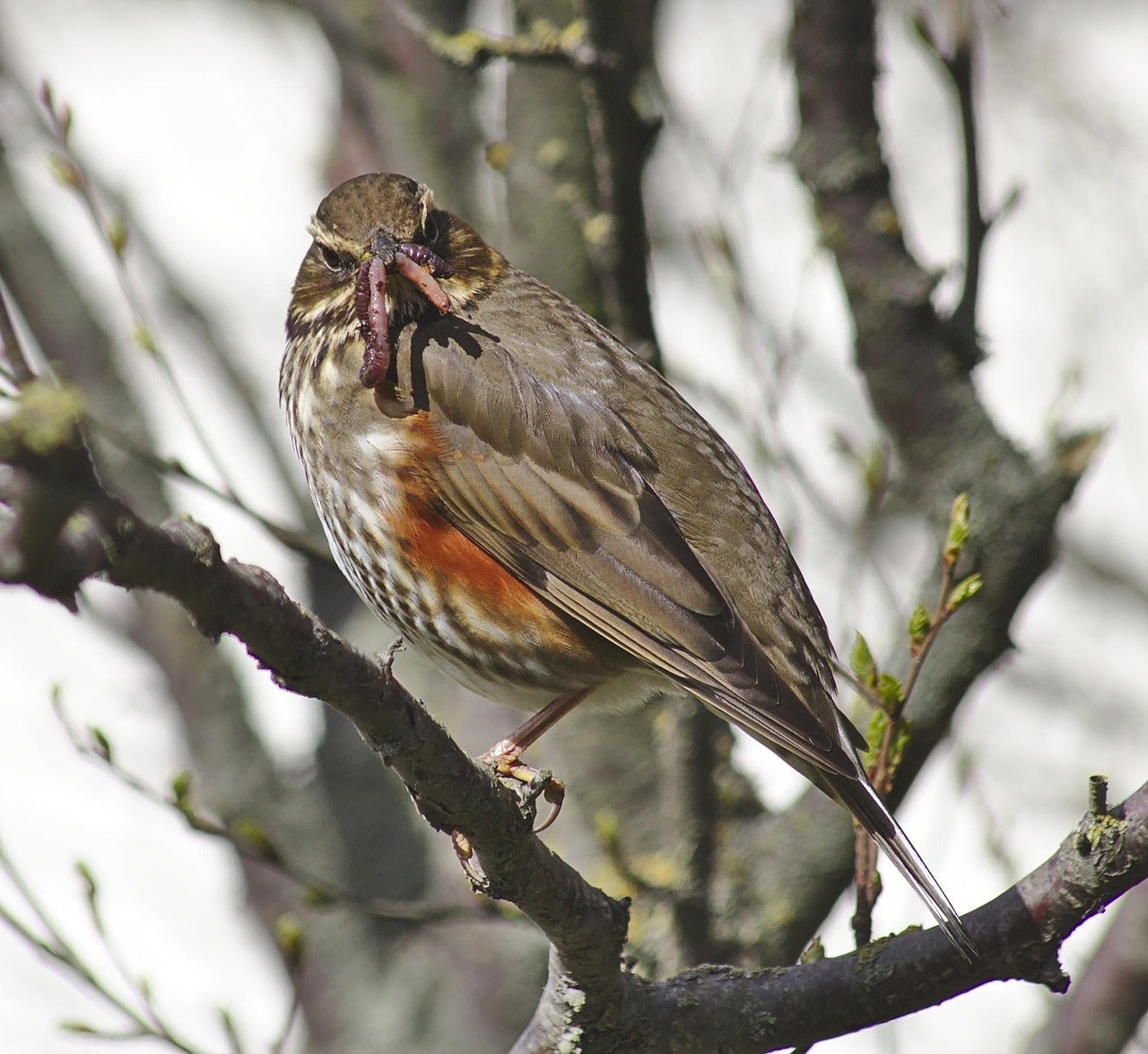
This time of the year is full of movement. Birds that have spent the summer in our gardens and countryside are packing up and heading south, while others are arriving from colder lands to make the UK their winter home. If you keep feeders topped up in autumn, you may notice some surprising visitors. Let’s take a gentle wander through the season, spotter’s guide in hand, to see who’s leaving, who’s arriving, and how we can help.
The Farewell Party: Birds Leaving the UK
-

Summer wouldn’t be summer without the swooping silhouettes of swallows and house martins. They’ve raised their chicks under bridges, eaves, and in barns, and now, with insects in short supply, they’re off on an incredible journey all the way to Africa.
🕵️ Spotter’s Tip: Look up on bright September days. Swallows often gather in groups on telephone wires before leaving, chattering noisily as if saying their goodbyes.
-

The swifts are even more impatient. By August, most are already gone, streaking south after a short breeding season. These remarkable birds spend almost their entire lives on the wing -eating, drinking, even sleeping as they fly.
🕵️ Spotter’s Tip: Swifts scream as they swoop through summer skies. If the skies have gone quiet, it’s a sure sign they’ve departed.
-

Then there are the warblers - the chiffchaffs, willow warblers, and blackcaps that filled hedgerows with song. Many will move on to Spain, Portugal, or North Africa. Some blackcaps and chiffchaffs now stay behind, making the most of our gardens and feeders during milder winters, but most still chase the sun southwards.
🕵️ Spotter’s Tip: Warblers are trickier to see, but if you notice small, restless birds flitting about in trees and hedges in September, they may well be fattening up before their journey.
The Welcome Committee: Birds Arriving in the UK for Winter
-

As some birds’ wave goodbye, others are flocking in. For them, our relatively mild climate and berry-laden hedgerows are a haven compared with the frozen north. Listen for the thin “tseep” calls overhead on chilly October evenings - that’s the sound of redwings, freshly in from Scandinavia. Their larger cousins, the fieldfares, arrive around the same time, gathering noisily in orchards and open fields.
🕵️ Spotter’s Tip: Redwings have a
creamy stripe above their eye and a rusty-red patch under the wing. Fieldfares are chunkier, with grey heads and spotted chests. Look for them feasting on berries or fallen apples. -

Look towards estuaries and wetlands and you’ll see the spectacle of wintering geese
and swans. Pink-footed geese arrive from Iceland in their thousands, their V-shaped skeins painting the skies. Whooper swans, their yellow bills shining in the low winter sun, also come from Iceland, joining our resident mute swans on lakes and marshes.🕵️ Spotter’s Tip: Head to reserves or open countryside at dusk. You might catch the breathtaking sight of geese returning to roost, filling the air with honking calls.
-

And closer to home? Don’t be surprised if your garden seems busier with robins and
blackbirds. That cheeky robin singing through winter might not be the same one
you watched in spring - many of “our” robins head south, while Scandinavian
ones arrive here to take their place.🕵️ Spotter’s Tip: Winter robins are often bolder around feeders and patios. Listen for their melancholy, silvery song on quiet autumn afternoons - it’s different from the sprightly spring version.
Feeding Migrants: Giving a Helping Hand
Migration is demanding. Birds need to build up fat reserves before setting off or
replenish them after long flights. Your garden can be an essential service
station, offering the energy and nutrition they need.
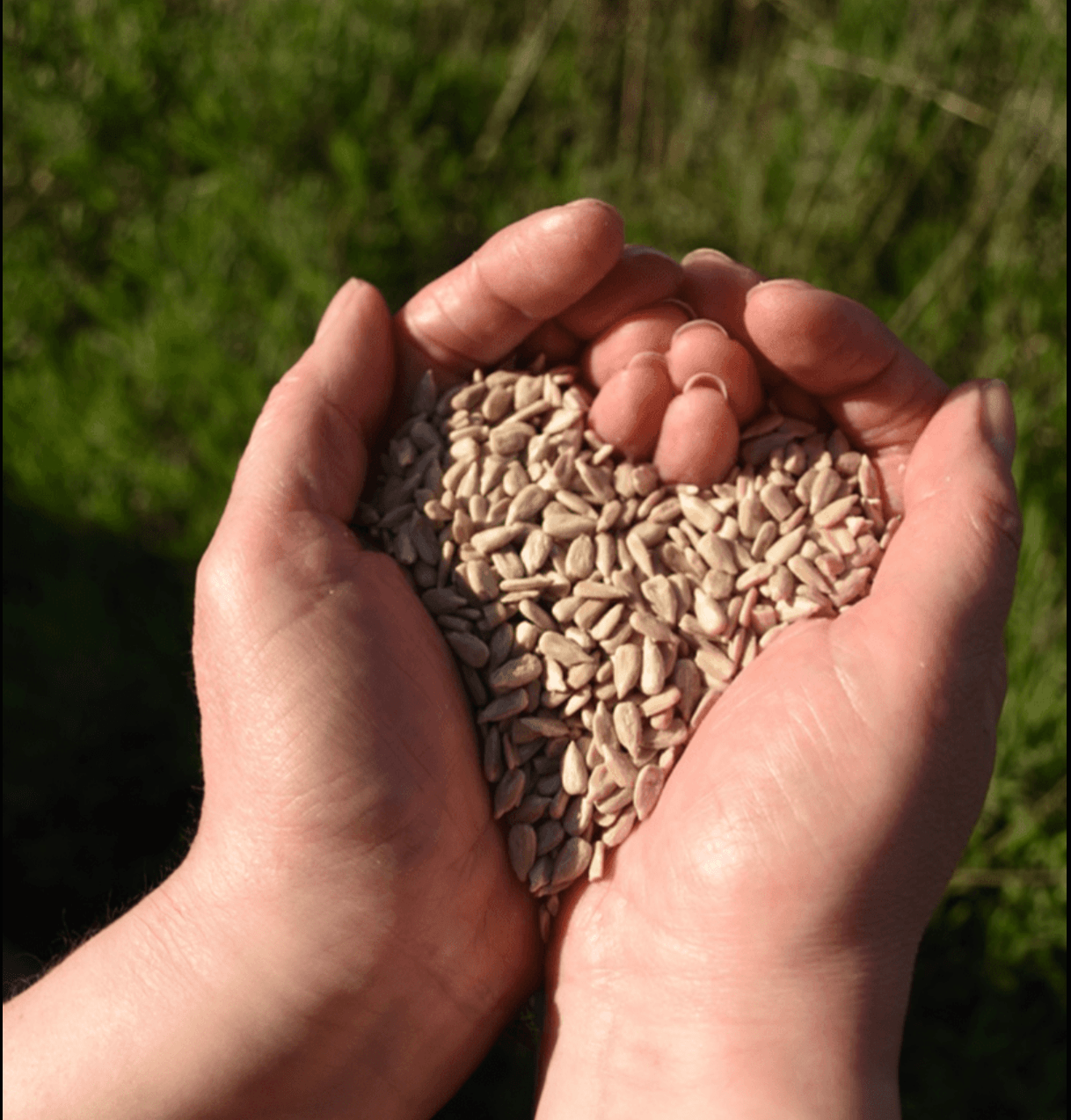
Sunflower hearts and seeds - packed with calories, perfect for tits, finches, and sparrows.
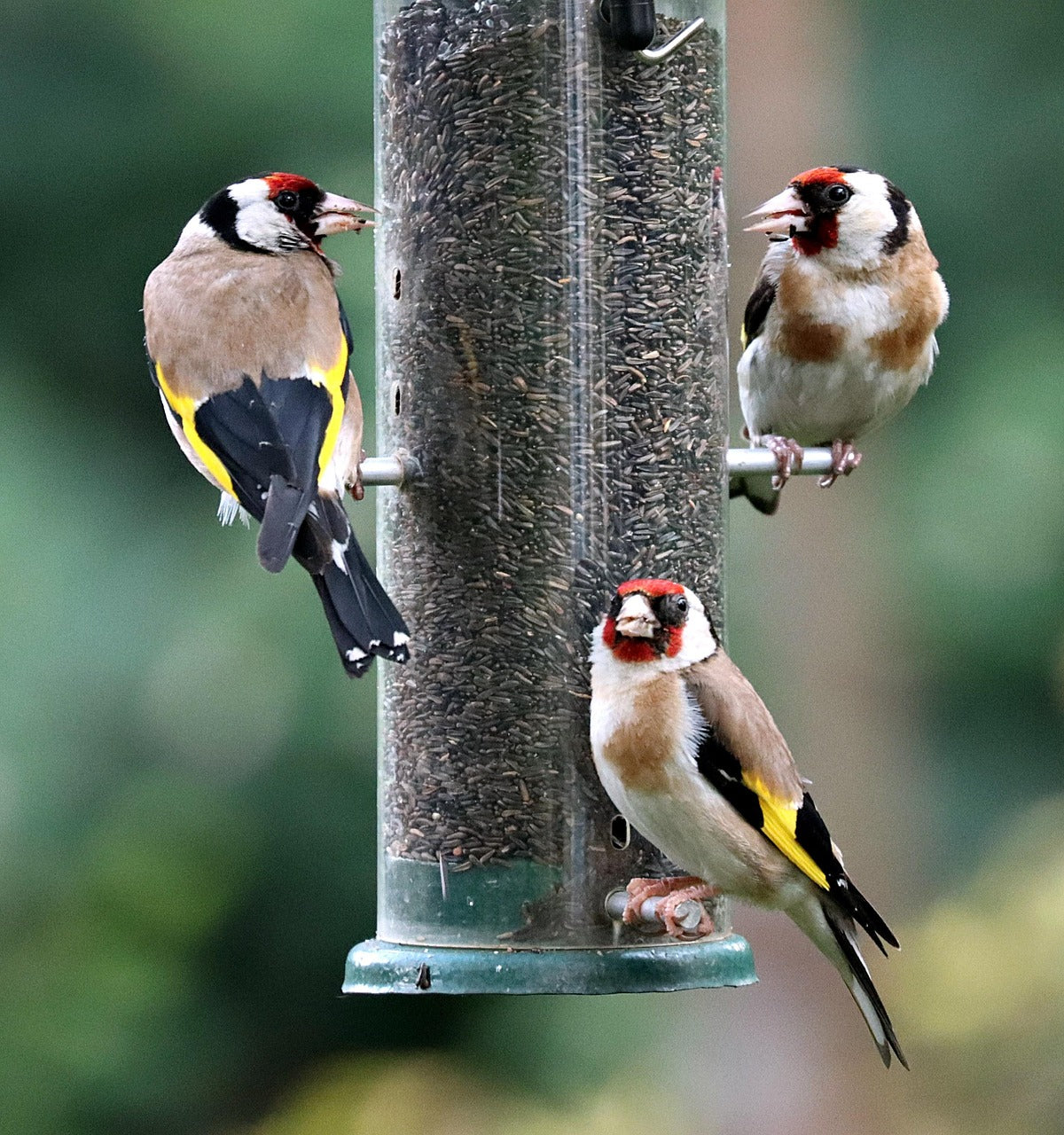
Niger seed - irresistible to goldfinches and siskins, which may increase in number this season.
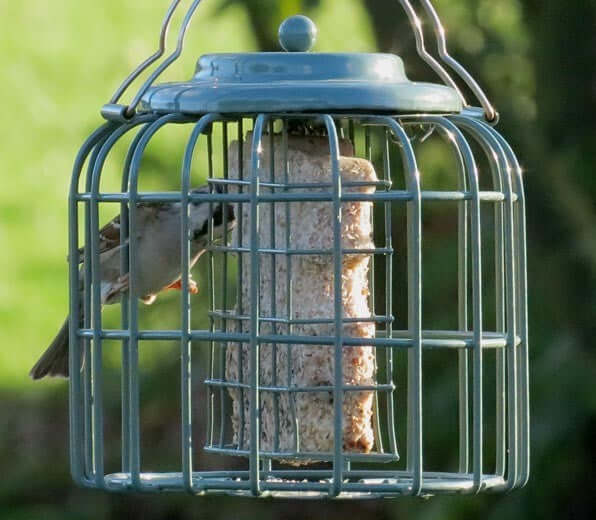
Suet and fat balls - high-energy snacks that keep birds warm and fuelled. Look for varieties with insects or berries mixed in.

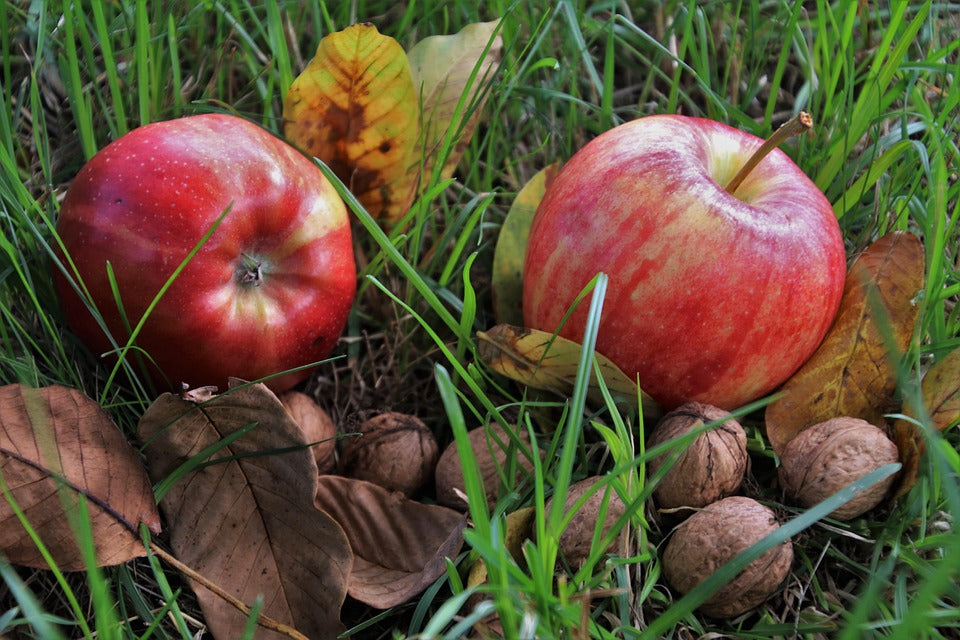
Fruit - don’t clear away those windfall apples or pears; thrushes, starlings, and blackbirds will thank you.
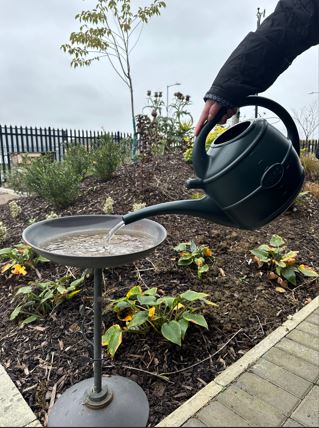
Fresh water - as important as food. A simple bird bath or even a shallow dish refreshed daily can be a lifeline.
Little Things That Make a Big Difference
Supporting migrating birds doesn’t need to be complicated. Here are a few simple ways to
make your garden extra welcoming:
- Consistency matters - once birds discover your feeders, they’ll return regularly, so try to keep them topped up.
- Leave the garden a bit wild - berry bushes, ivy, and seed heads provide natural food and shelter.
- Keep things clean - wash feeders and baths weekly to prevent disease.
- Avoid bread - it fills birds up without offering proper nutrients. Stick to seeds, suet, and fruit instead.
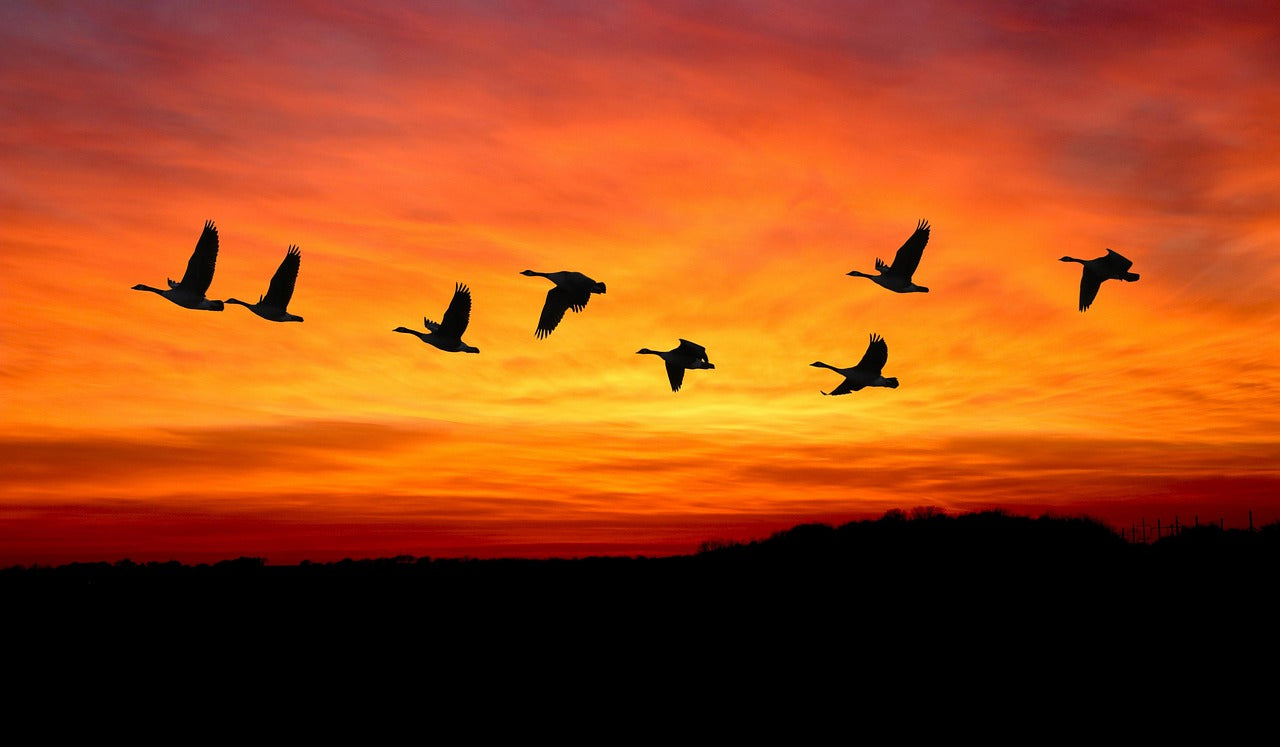
The Magic of Migration
What makes autumn migration so magical is its sense of connection. The swallow that nested in your neighbour’s shed might now be skimming over African plains. The robin on your fence this December could have flown all the way from Norway. Our little gardens, with their feeders and berry bushes, are part of a much bigger story that stretches across continents.
So next time you see a flock passing overhead or notice a “new” robin at your feeder, take a moment to think about the journeys these birds have made. By putting out the right food and keeping your garden welcoming, you’re helping them on their
way - and getting a front-row seat to one of nature’s greatest journeys.
